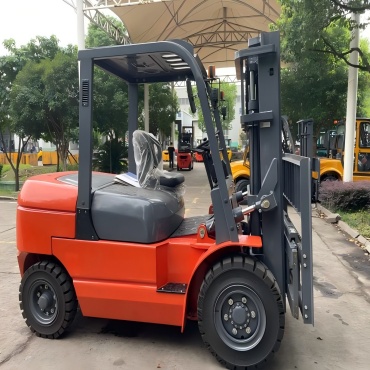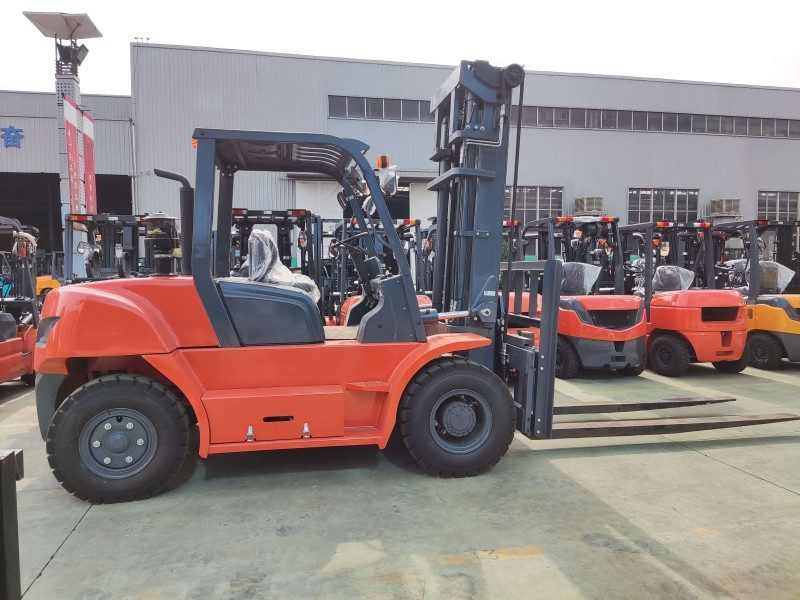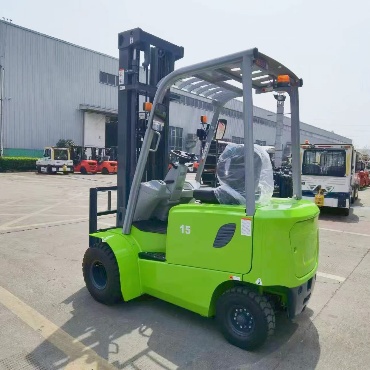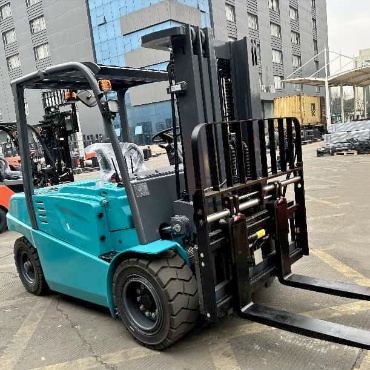- Diesel Forklift
-
- 25-30tonne Diesel Forklift 16T Forklift Truck 4.5 Ton Diesel Forklift 48 Ton Diesel Forklift 3 Ton Diesel Forklift 3.5 Ton Diesel Forklift 2.5 Ton Diesel Forklift 33 Ton Diesel Forklift 15 Ton Diesel Forklift 10 Ton Diesel Forklift 8 Ton Diesel Forklift 4 Ton Diesel Forklift 6Ton Forklift 2 Ton Diesel Forklift 1 Ton Diesel Forklift 1.8 Ton Diesel Forklift 1.5 Ton Diesel Forklift 7 ton forklift 35 ton Forklift Rough Terrain Forklift
- Electric Forklift
-
- Narrow Aisle Stand Up Counterbalance Forklift – High Efficiency Warehouse Solution 3.8ton Low Voltage Lithium Battery Forklift 12t Lithium high capacity forklift 12t large capacity electric forklift 8ton Electric Forklift 10t electric forklift truck 25ton Lithium Battery Forklift 7ton Electric Forklift 16-20t Large Capacity Lithium Battery Forklift 2 Ton Electric Forklift 1.8 Ton Electric Forklift 6 Ton Electric Forklift 1.5 Ton Electric Forklift 1.0-1.5 Ton Electric Forklift 2.5 Ton Electric Forklift 3.5 Ton Electric Forklift 4.0-4.5 Ton Electric Forklift 5 Ton Electric Forklift 3 Ton Electric Forklift 1.6-1.8Ton Three Wheel Electric Forklift 2 Ton three wheel electric forklift
- Rough Terrain Forklift
-
- 3.5t-4ton 4 wheel drive forklift 7 Ton All Rough Terrain Forklift 2-2.5T Rough Terrain Forklift Truck 4 ton off road forklift truck 3t 4 wheel drive forklift for sale 3.5t Two Wheel Drive Rough terrain forklift 3T Diesel Rough Terrain 2WD Forklift FLIFT 3.5ton all rough terrain forklift for sale 2WD 3t off Road Rough Terrain Forklift
- Electric Reach Truck & Pallet Truck / Pallet Stacker
-
- 5ton end rider electric pallet truck with customized 1.8m fork length 10ton-15ton heavy duty electric pallet truck 2.5ton all terrain electric pallet jack 1.5ton-2ton all terrain electric pallet truck with crane jib Counterbalanced Pallet Stacker 1600 lb to 2000 lb Capacity for Indoor Warehouses Heavy Duty 2T-2.5T Electric Stacker Forklift | High-Performance Stacker Lift High-Capacity 2.5t electric reach truck 1.0t -1.5t Electric Walkie Straddle Stacker 2ton Fully Electric Pallet Stacker 3 stage mast 2ton electric rough terrain pallet stacker 1.5ton off road Rough Terrain Stacker 1.8ton walkie Electric Pallet Truck Jack 1.5Ton Electric Pallet Stacker | Durable Walkie Stacker for Easy Material Handling 1200kg walking type electric pallet stacker 2ton roll and reel electric pallet truck Walkie Counterbalanced Stacker 1500–2000kg Capacity Compact Design 1ton outdoor rough terrain counterbalanced pallet stacker 3300lbs Electric off-road pallet stacker 2t Rough Terrain Pallet Truck Powered Pallet Truck with PU Wheels-2000kg Electric Pallet Jack 2t Elecric Hand Truck 1.5 Ton Electric Walkie Pallet Truck – Compact Power for Efficient Material Handling 2 Ton Reach Forklift 1.5 Ton Reach Forklift 2Ton -3Ton Electric Pallet Truck Semi-electric Pallet Stacker 1ton-1.6ton 3 Way Pallet Stacker Multi-Directional Sideloader Forklift 4 direction reach truck
- Customization Forklift
-
- 900kg CDD09B Electric Walking Type Counterweight Stacker Professional Walking Type Electric Stacker with Special Attachment 1ton Electric Outdoor Rough Terrain Telescopic Spreader Stacker 4t QDD40 Seated type Electric Tractor QDD60 Seated Type Fully Electric Tractor 3t QDD30C Electric Tractor with Turning Radius 1545mm 2t CQD20A Electric Simple Type Reach Forklift Truck 1.5t CQD15A Simple Type Electric Reach forklift Truck 5t Convertible Seated Electric Flat Truck 3t CBD30Z Electric Vehicle Transfer Truck 1.5t CDD15Y Electric Pallet Stacker (Rough Terrain) 1t CXD10-45 Electric High Lift-Order Picker 2t CQD20S-60 Four-way Walking Type Reach Forklift Truck CDD10A/15A Walking Type Fully Electric Pallet Stacker 3t QDD30A Standing Type Electric Tractor 1t CSD10 Man Mount Three-way Stacker 1.5t AGV type CDD15J-16 Electric Pallet Stacker CBD80 8t Electric Pallet Stacker 6t CBD60 Electric Pallet Stacker CBD120 1.2t Electric Pallet Stacker 2t CDD20D-30 Walking type Electric Pallet Staccker CDD08B-25 Counterweight Electric Pallet Stacker
- Forklift Attachements
-
- Waste Paper Fixture Fixed Short Arm non-sideshifting non-sideshifting Fixed Short Arm non-sideshifting Non-sideshifting Hinged Forks Caton Clamp Rotator non-Sideshifting Tire Clamps Pusher Turning Fork Clamps non-sideshifting Log Holder Sideshifting Broke Paper Clamps Sideshifting Sideshifting Single Load Stabilizer Fork Positioners Single Double Pallet Handler
Three directions of development of automated guided vehicles
Date: 2023-06-02 View:
An automated guided vehicle is a robotic vehicle for automated logistics transportation.
They are widely used in industrial and commercial settings to automatically move items
within warehouses, factories, hospitals and other premises.
Automated guided vehicles have many advantages,
including improving the efficiency and accuracy of logistics transportation,
reducing labor costs, and reducing errors and damage during transportation.
And can work in continuous operation. In addition, automated guided vehicles
can be integrated into logistics management systems for automated tracking and management.
Currently, the development of automated guided vehicles is mainly in three directions:

1: Safety First
Safety systems for automated guided vehicles are constantly evolving,
allowing constant observation of the surroundings,
not only in front of the moving vehicle, but also on the sides and behind.
The scanning area can be divided into two areas: a protection zone and a warning zone.
The former varies with the speed and direction of the lorry.
Any object detected in the area will be accompanied by an appropriate response from the vehicle.
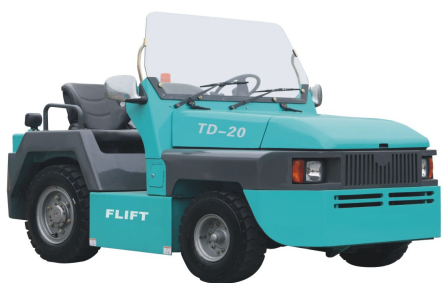
2: Charging on the move
There are many ways to power self-guided vehicles, and here are the ones that dominate the market.
In current solutions, charging is increasingly done contact-less, by driving the trolley onto a special charger.
There are also batteries that use manual replacement.
Although this approach does not require AGV phase deactivation, operator intervention is necessary.
►A more advanced technology is a power system that uses an inductive loop
that is embedded in the floor along the route of the trolley.
This solution allows contactless charging while driving,
thereby increasing AGV availability. This is both an efficient and reliable method.
However, it has one considerable drawback, which is its relatively low resistance to mechanical damage.
►Another popular solution is super capacitors,
which allow inductive charging while driving or at power stations.
Unlike charging through an inductive loop in this approach, AGV requires continuous charging;
It can use the energy stored in the super capacitor to cover a certain distance.
.png)
3: Follow the set path or use the navigation
There are also different ways to control and navigate AGV,
and the more traditional approach is to use various forms of route marking,
which is constant. But if it is necessary to change its course, it is also necessary to modify such markings accordingly.
Thus, in the case of sketching, marking new routes can be time-consuming and incur considerable costs.
The control of a self-driving vehicle in a hum or inductive loop approach is similar.
In the former, magnetic sensors on the bogies track magnetized strips of material glued to the floor.
In the second method, a wire is embedded in the floor to create a magnetic field.
The AGV sensor detects the strength of this magnetic field and controls the barrow's motion based on it.
Another approach is to place different markers in different areas of the hall.
The AGV laser scanner or other vision system finds these points and then the control system determines
the current position of the trolley in real time on a comparative basis.The laser method,
especially when a large number of markers are placed in the hall, allows for very precise positioning of vehicles.
.jpg)
.png)

